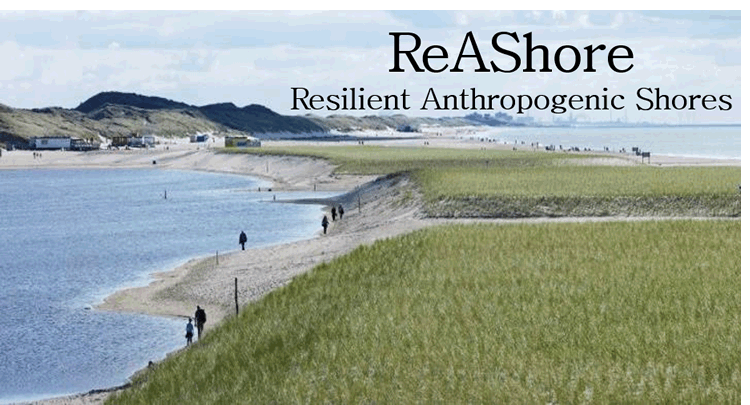S.J. van Rosmalen1, J. Limpens1, M.J.P.M. Riksen1
1 WUR,
Along the Dutch coastline, nature-based solutions (NBS), in the form of sediment nourishment and natural dynamics, have been implemented on a structural basis since 1990 to maintain and improve flood safety and spatial quality. However, it is only recently that these multifunctional NBS interventions have reached such a magnitude that they instantly, and significantly change the original coastal landscape (such as the Sand Motor and Hondsbossche Duinen). These NBS-modified coastal landscapes, trigger interaction with people using these new landscapes. Although interaction, such as recreation, is intended, it can have unforeseen and unintended side-effects. The challenge is to find ways for social and natural systems to co-exist, co-develop and create synergies. Though, questions about how the social and natural systems interactin the NBS-modified coastal landscapes and if these interactions strengthen or weaken the primary functions of the NBS remain.
Within the ReAshore project, WUR, UT and HZ have teamed up to understand emerging development of multi-functional NBS after its implementation.With this knowledge we will develop guidelines aimed at minimizing the risk of unexpected failure in the functioning of the NBS intervention and to optimize the balance between multi-functional use and required maintenance.
WUR is responsible for assessing the effect of human activities and dune design on vegetation dynamics and associated topographic development in NBS-modified coastal landscapes. More specifically, WUR research will focus on three aspects. 1) The effect of human activities on vegetation, 2) the effect of vegetation on human activities, and 3) the effect of human activities on sediment dynamics. This will be assessed by means of field experiments and field observations at the Sand Motor and Hondsbossche Duinen. This will include the characterisation of sediment parameters such as soil moisture and soil organic matter, surface roughness, vegetation and topography development, and land- and UAV-based observations. The collected and synthesised data will be used to create guidelines for management and maintenance of multifunctional NBS for the sandy Dutch coastal systems.

Figure 1 Anthropogenic shore created by nature-based solutions at Hondsbossche Duinen.

I. Surname1*, F.N. Another-Surname2 , Y. Next-Surname2
1 University Name, Country; 2 Organization Name, Country
* Corresponding author: mail.name@organization.org


